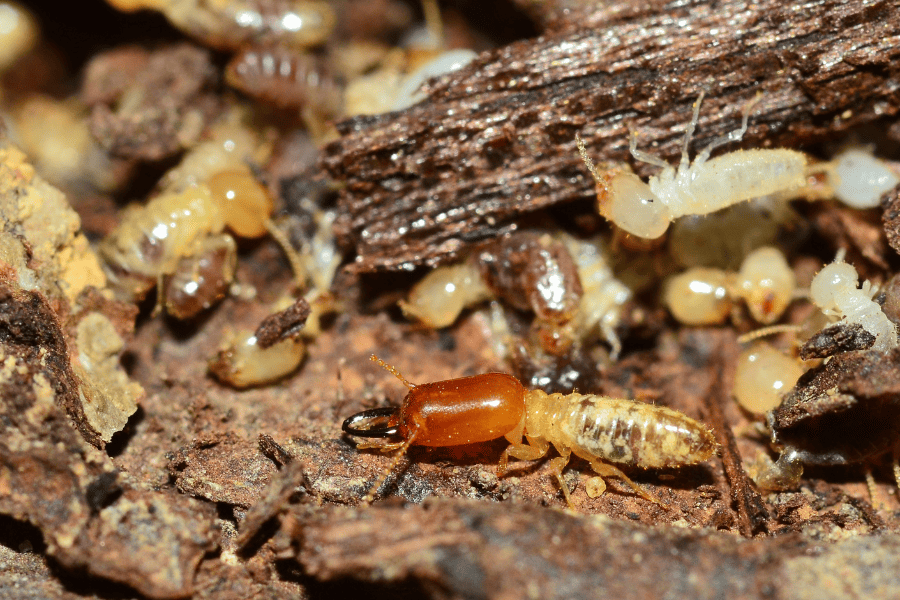READY TO GET STARTED?
REQUEST A FREE ESTIMATE
Fill out the form below or call (888) 466-7849 for a free, no-obligation estimate.

Termites are a major problem in the southeastern region of the United States. These wood-eating insects can cause extensive damage to homes and are active year-round. However, Georgia termite season typically peaks from March to November.
The period termites are visible depends on a variety of factors, including the type of termite, the weather, the amount of moisture in the soil, and human activity.
The two main types of termites you might encounter in your area are subterranean and drywood termites. Subterranean termites are more active during the warmer months, when the soil temperature is above a certain degree. They forage for food underground, so they can be affected by the changes in soil temperature. These termites can remain active in the winter if they find a warm, moist area, such as a basement. Typically found in more southern, coastal areas in Georgia, drywood termites can be active year-round, as they are found inside the wood that is in your home, allowing them not to be exposed to temperature variations.
Controlling termites is a two-part process: preventing termites from accessing your home and treating known termite colonies. Methods to help prevent termites from damaging your home include:
Although termites are less active in cooler months, it doesn’t mean your home is off their mind. Give our team a call today to get ready for the termites’ off-season!
Categories